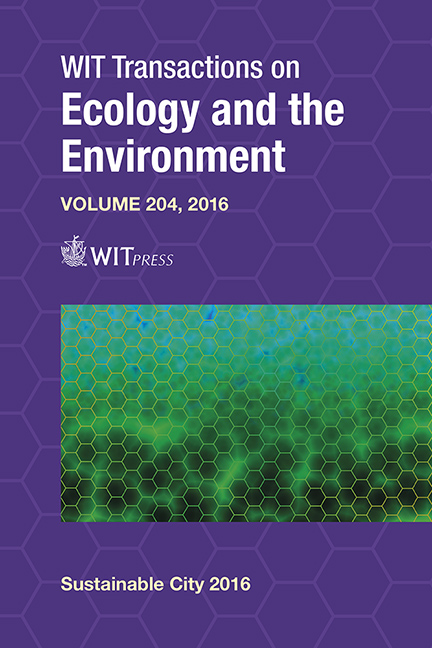Strategies For The Sustainable Urban Waterfront
Price
Free (open access)
Transaction
Volume
204
Pages
9
Page Range
431 - 439
Published
2016
Size
645 kb
Paper DOI
10.2495/SC160371
Copyright
WIT Press
Author(s)
B. Niemann, T. Werner
Abstract
In recent years, cities have realized the representative and spatial contextualizing importance of water: Water creates spaces with great conditions to decelerate and stroll. It enlivens and structures urban spaces, without creating spatial borders. It enhances the value of urban spaces and can define a certain image in people’s mind maps. A particular focus is set by the revitalization of urban waterfronts or former ports and qualitative enhancement of their spatial condition values: especially, if massive urban conversions take place and new (housing) districts transform the urban heritage. Hereby, the development of the areas at the waterfront has major importance enabling an appropriate insertion of human activities and agglomerations in an increasingly threatened and deteriorating environment. At the same time, the sustainable development of the waterfront can improve the chances of the respective cities and regions in the international competition. First, this paper is dedicated to the relationship of waterfront, city and sustainability. Then criteria are developed, which are crucial for a sustainable urban development at the waterfront. These criteria are clarified by examples of planning practice.
Keywords
waterfront, sustainability, urban development, urban conversion, urban heritage, urban design, revitalization, transformation





